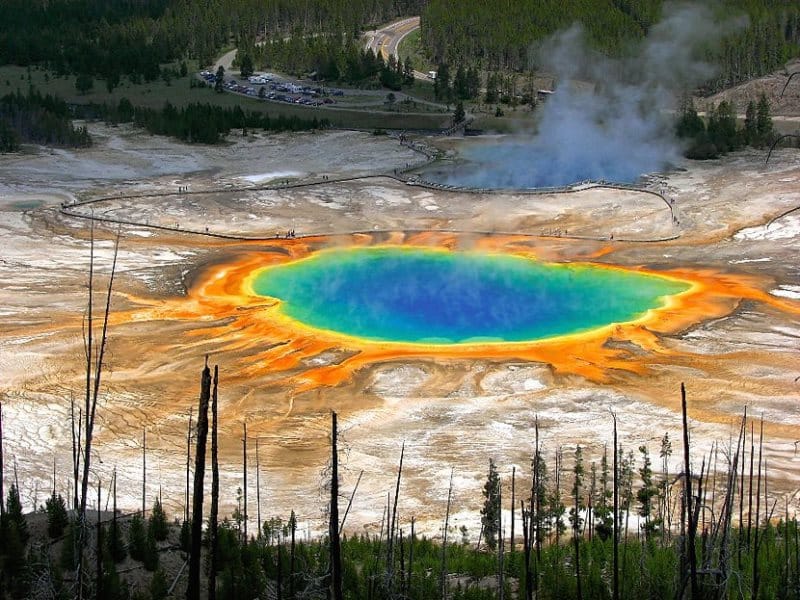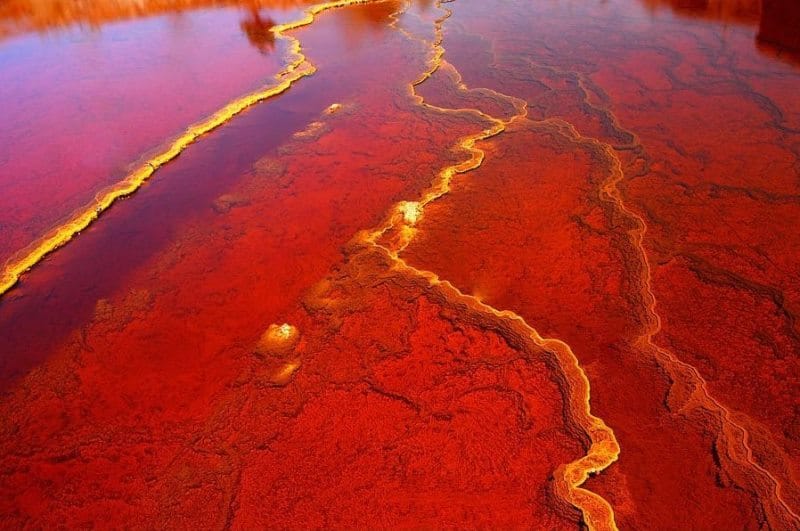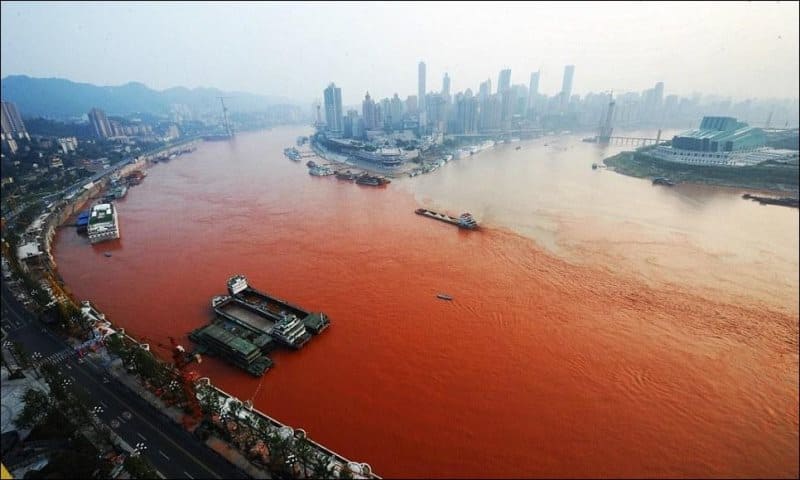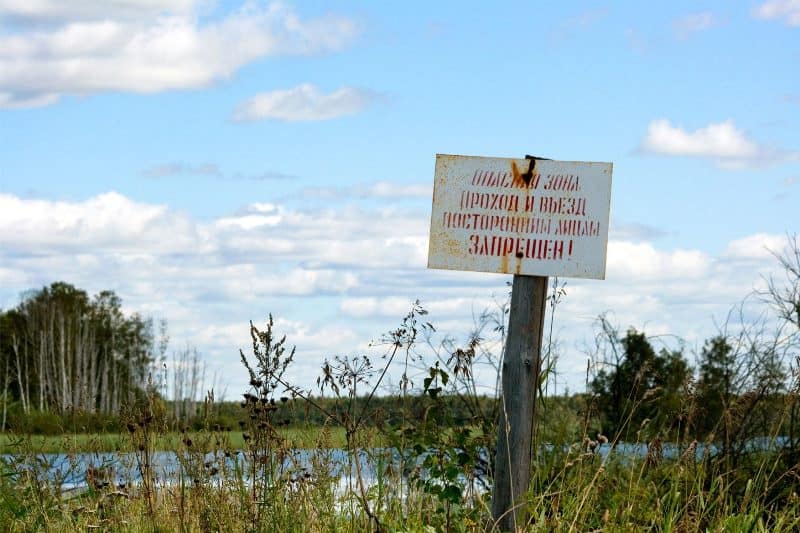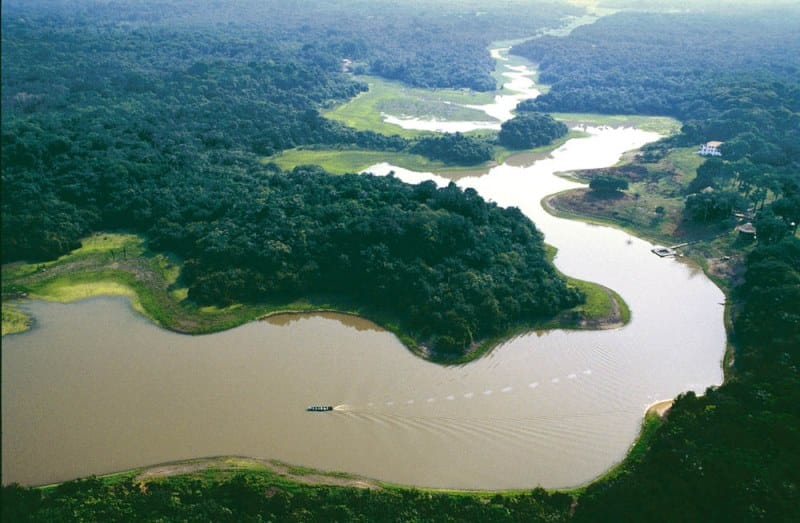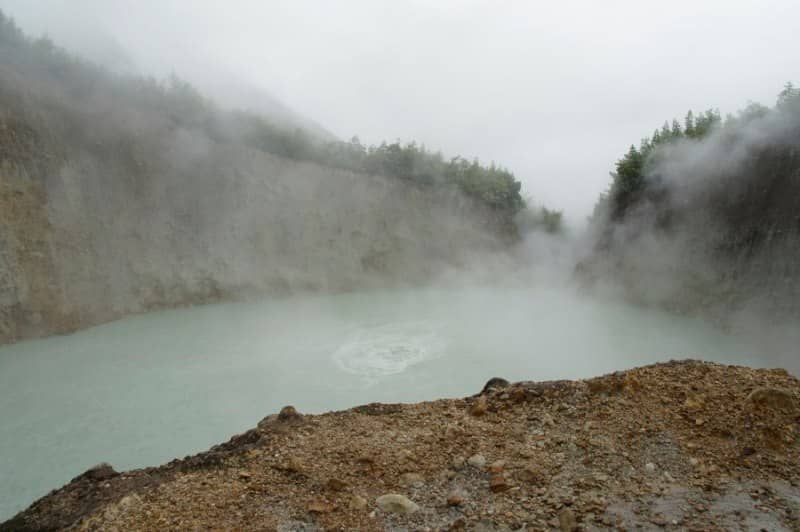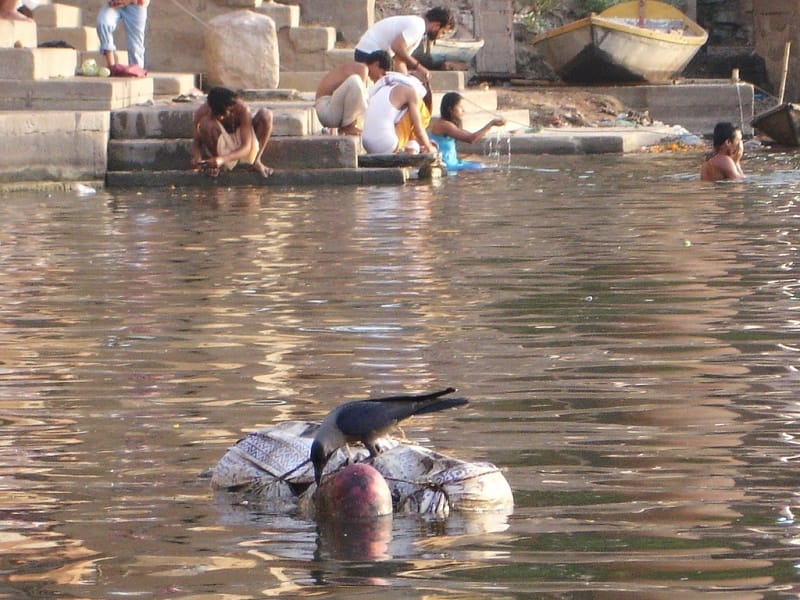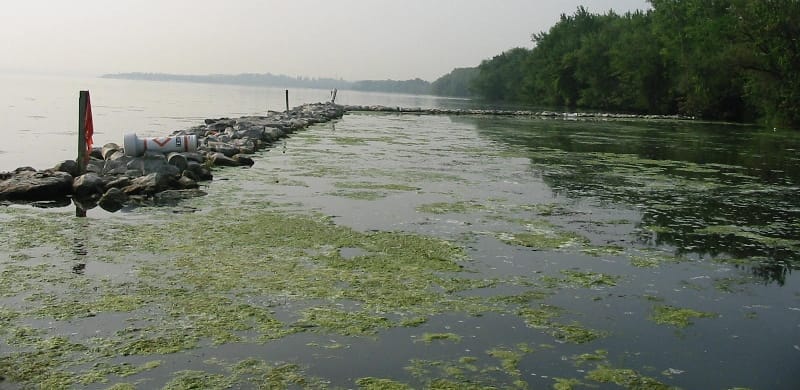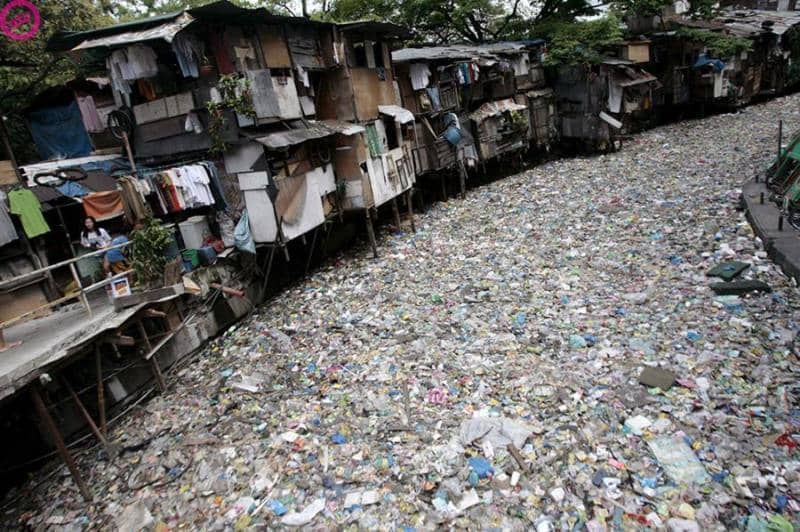10 Most Dangerous Rivers and Lakes in The World

LIKE ALTER MINDS ON FACEBOOK:
10 Most Dangerous Rivers and Lakes in The World
From China, India and Malaysia to USA and Europe, these are the most dangerous rivers and lakes in the world!
Top 10 Most Dangerous Rivers and Lakes in The World
1. Lake of Death, Italy
2. River Rio Tinto, Spain
3. Black Hole Lake, Russia
4. Yangtze River, China
5. Lake Karachay, Russia
More recently, one hour spent on the shores of Lake Karachay in the Urals, was enough to meet a painful death due to exposure to 600 X-rays. All the fault of the explosion, which occurred on the storage of fissile materials plant “Mayak” in 1957 and was the cause of the unprecedented pollution of the river Techa cascade and its ponds. Although every year the company receives several million rubles for disaster management, groundwater continue to spread deadly radiation. Fortunately, according to recent studies the situation in the area of Lake Karachay is gradually improving.
6. The Amazon River, South America
Danger of the deepest rivers in the world, which is considered one of the seven natural wonders of the world, is not only in its power. Artery, every second pouring into the Atlantic Ocean about 220 thousand cubic meters of water, and awarded the title “River Sea”, is teeming with bloodthirsty monsters. Here live voracious piranhas, ruthless black caimans, enormous anaconda, giant carnivorous Arkaima and small, but no less terrible candiru parasites that enter the urinary system. Amazon is full of impassable swamps and bogs deadly, and its spill forming high tidal waves, devastating for fields and villages.
7. Boiling Lake, Dominican Republic
8. Ganges River, India
Indian epic “Ramayana” says that the waters of the sacred river Ganges have the power to return the dead to life and get rid of ailments. Unfortunately, the reality is far from the myths: the main river of India is included in the list of the most fouled waters of the world. Flocking here many production waste and feces coming from the overcrowded cities. Even bathing in the Ganges, the number of enterobacteria which is 120 times higher than normal, leading to infection and each year causes the death of thousands of people . Among the problems that could interfere with purification of the sacred pond, and added a ritual burial of bodies in Varanasi.
9. Onondaga Lake, United States
In the XIX century Onondaga Lake, located near the American Syracuse, was a popular place to stay.A century later, the pond, fell under the impact of technological “progress” on the brink of ecological disaster. In 1901, Onondaga water saturated due to the discharge of industrial waste nitrates, phosphates, mercury, and pathogenic bacteria, banned the use in the food industry. In 1940, it was vetoed by bathing, and in 1970 – and fishing. After the ban on waste disposal, sewage treatment facilities and installation of the enactment of clean water to the lake situation is gradually improving, but cleaned the pond for a long time.
